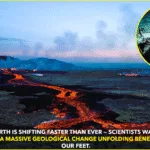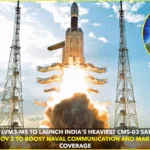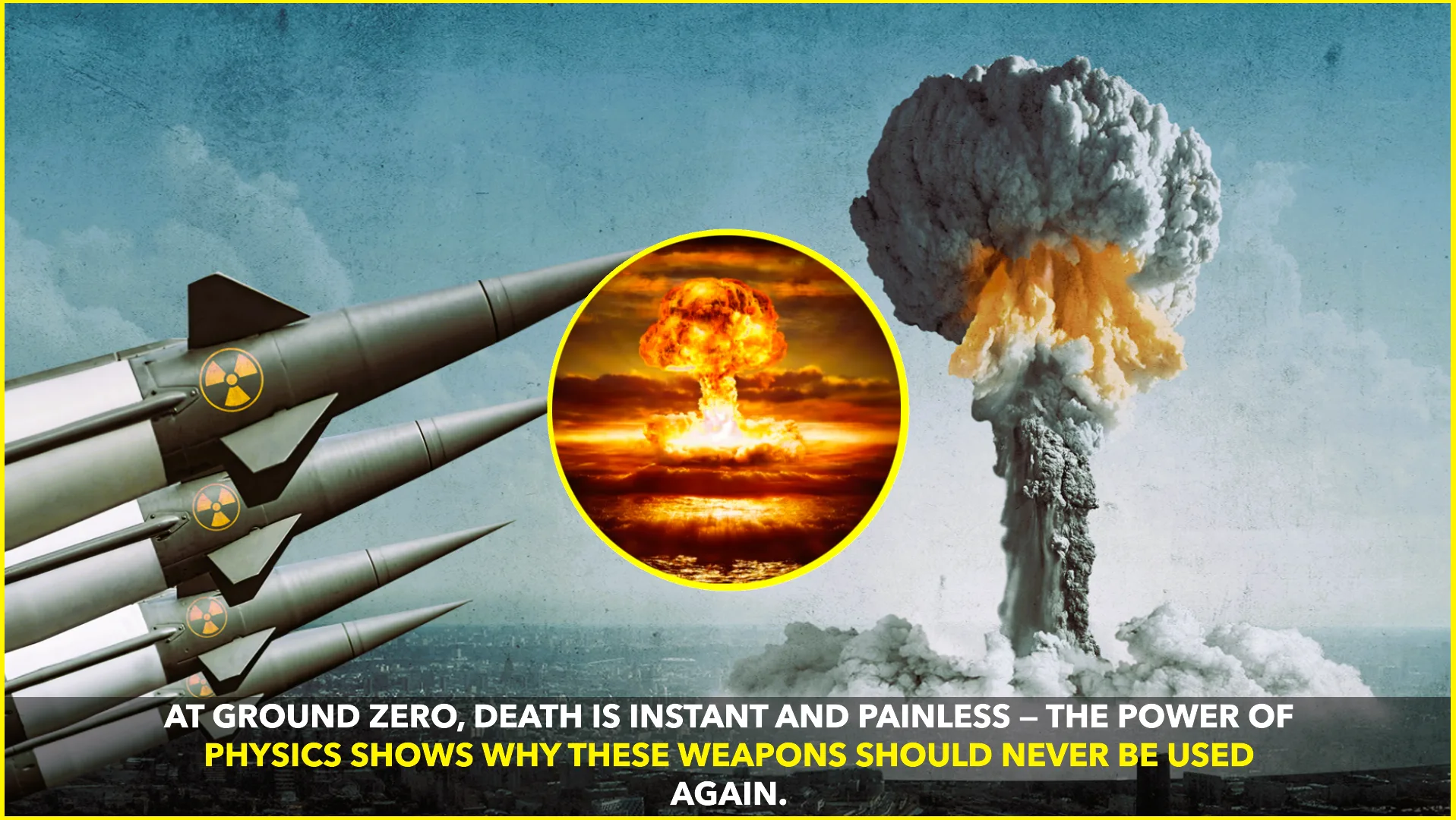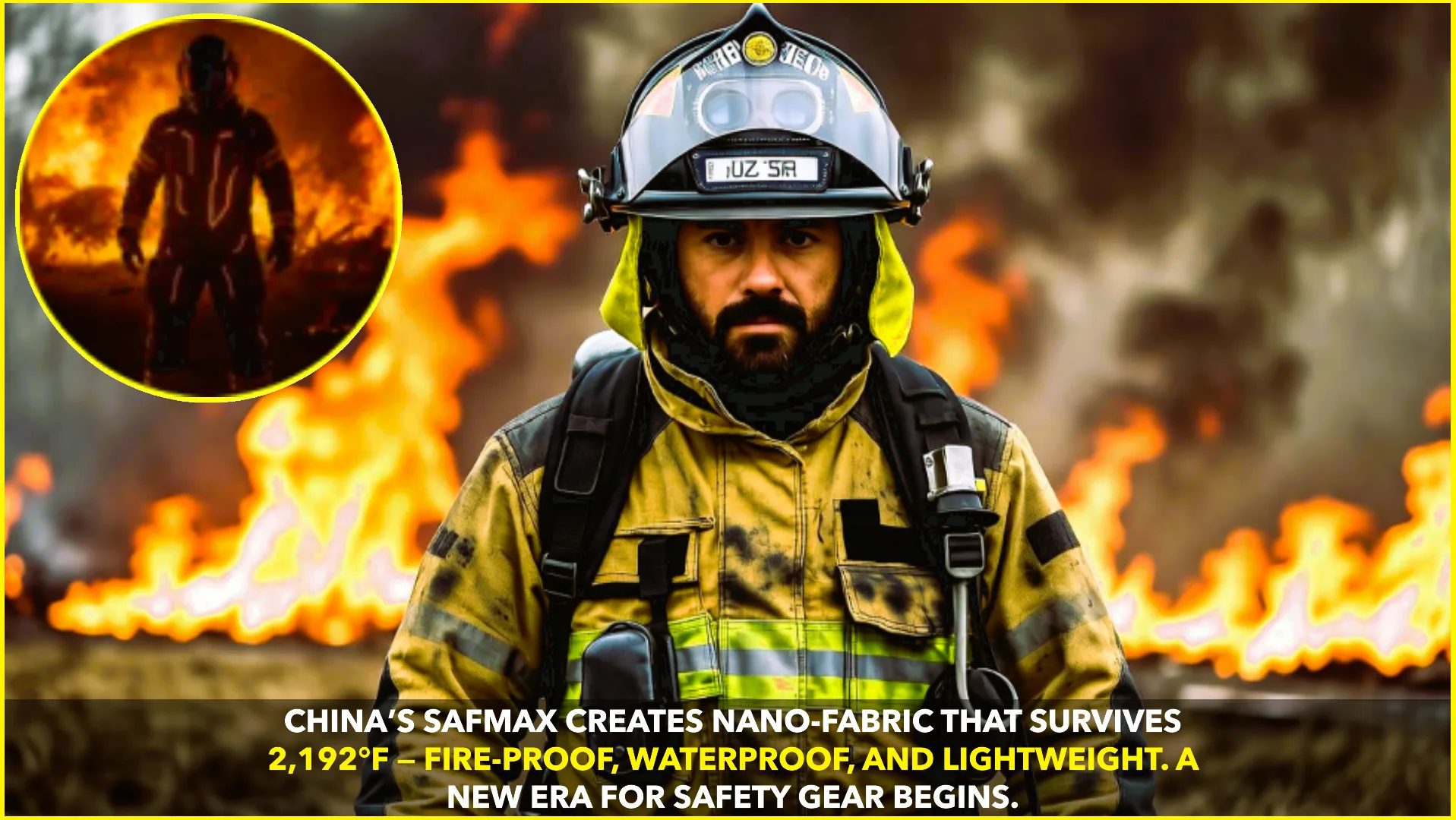When a nuclear weapon detonates, the physics is brutally simple and unforgiving. Within microseconds, a blinding sphere of plasma hotter than the solar surface billows outward. For anyone standing within roughly a kilometre of that fireball, death is instantaneous. The combined punch of thermal radiation and an over‑pressure shock wave reaches the body far faster than the human nervous system can pass a pain signal to the brain — meaning victims quite literally never feel a thing.
Faster than thought
The flash of X‑rays and visible light travels at the speed of light; the supersonic shock front follows at several kilometres per second. By contrast, the fastest nerve fibres in the human body conduct at about 120 m s‑1. At ground‑zero distances that difference is fatal: nerve endings are seared and vaporised before any signal can traverse the spinal column. Recent medical‑physics analyses describe skin, eyes and even thin bone “turning transparent” in the first millisecond as tissues disintegrate, with “nerve endings destroyed before the mind can register what is happening” researchgate.net.
The lethal radii
How big is that kill zone? Modelling by the U.S. government’s historical Effects of Nuclear Weapons handbook shows that for a 300‑kiloton airburst — a typical modern strategic warhead — the 5 psi over‑pressure contour (enough to pulverise most buildings) extends about 4.7 km. Everything inside the innermost kilometre is not merely crushed but vaporised by heat exceeding 5,000 °C atomicarchive.comthebulletin.org. The International Campaign to Abolish Nuclear Weapons (ICAN) summarises it starkly: “Almost everything close to ground zero is vaporized” icanw.org.
Thermal flash effects propagate even farther. The same 300‑kiloton burst can cause third‑degree burns at eight kilometres, setting clothing and timber alight in seconds. One popular science review notes that at these distances ultraviolet burns “happen so quickly victims often don’t feel any pain — the light destroys pain nerves before they can react” ranker.com.
Beyond the first instant
Outside the core kill radius, the horror only begins. Survivors within several kilometres face collapsed lungs, ruptured eardrums and lethal internal bleeding from the blast wave. As the fireball rises, radioactive particles sucked up from the crater condense and fall back as black, sand‑like fallout; doses of hundreds of rem can kill an unprotected person within days en.wikipedia.org.
Humanitarian agencies warn that even if hospitals somehow remain standing, they would be overwhelmed. A Princeton University simulation quoted by the Bulletin of the Atomic Scientists predicts more than a million dead and two million injured in the first day if a single 300‑kiloton weapon struck a metropolis the size of New York thebulletin.org. In a multi‑city exchange, food systems, global trade and the climate itself would cascade into crisis.
A political, not just a scientific, warning
Seventy‑nine years after Hiroshima and Nagasaki, nine nations still field roughly 12,500 nuclear warheads. Modern versions are 10–50 times more powerful than the 15‑kiloton bomb that levelled Hiroshima. The Treaty on the Prohibition of Nuclear Weapons (TPNW) entered into force in 2021, but none of the nuclear‑armed states have signed. Advocates argue that the treaty’s normative pressure is still vital, pointing to the growing number of finance and insurance firms that now blacklist nuclear‑weapons producers.
Scientists who created the bombs have long warned of their consequences. In 1946, Manhattan Project veterans published The Effects of Atomic Weapons to persuade policy‑makers that “there is no defence.” Nearly eight decades of refinements have only sharpened that conclusion.
Why this matters today
Geopolitical rhetoric in 2024‑25 saw open nuclear threats in Europe, the Middle East and the Korean peninsula. Each reminder underscores the same lesson physics teaches at ground zero: nuclear weapons are unique not merely in scale but in the impossibility of protecting civilians.
If any nuclear device is used in anger, those nearest the blast will know nothing of it. For the rest of humanity, the suffering will echo for generations. That reality, experts insist, leaves only one rational course: ensuring such weapons are never detonated again.










